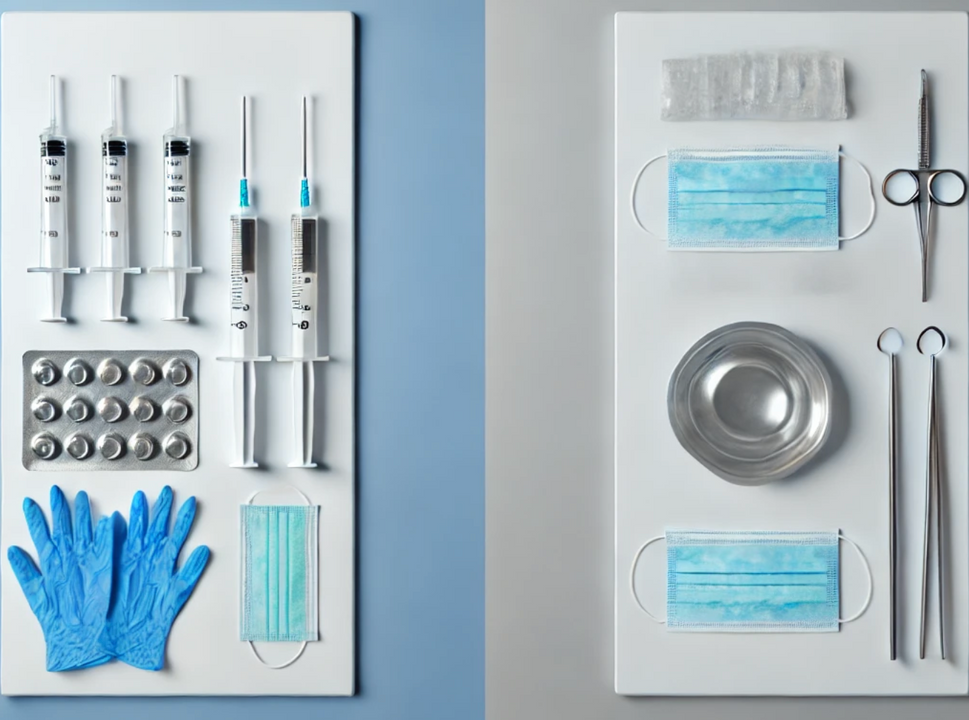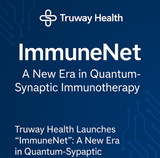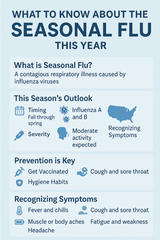Comparing Single-Use vs. Reusable Healthcare Supplies: What You Need to Know
In the healthcare sector, choosing between single-use and reusable supplies can have a significant impact on patient safety, environmental sustainability, and operational costs. Understanding the pros and cons of each can help healthcare facilities make informed choices that align with their needs and values. Here’s a breakdown of what you need to know about single-use and reusable healthcare supplies.
1. Understanding Single-Use Healthcare Supplies
Single-use, or disposable, healthcare supplies are designed for one-time use. They are typically made from materials like plastic, paper, or synthetic fibers, which allow them to be produced in high volumes at a relatively low cost. After being used, these items are disposed of to prevent cross-contamination, making them a popular choice in many healthcare settings.
Common Single-Use Supplies:
- Syringes and needles
- Face masks and gloves
- Surgical drapes and gowns
- IV tubing
- Disposable speculums
Advantages of Single-Use Supplies:
- Reduced Risk of Cross-Contamination: Since these items are discarded after a single use, the risk of infection and cross-contamination is minimized, which is particularly important in settings with high patient turnover or high infection risk.
- Convenience: Single-use items don’t require cleaning, sterilization, or maintenance, saving time and resources.
- Lower Initial Cost: Single-use items tend to have a lower upfront cost per unit, which can be appealing for facilities with tight budgets or limited storage space.
Drawbacks of Single-Use Supplies:
- Environmental Impact: Disposable items contribute to medical waste, and the environmental impact of single-use plastics is a growing concern.
- Long-Term Cost: While single-use items may be cheaper initially, the cost can add up over time, especially in high-volume facilities.
- Supply Chain Dependency: Dependence on single-use supplies requires a reliable supply chain. Shortages or disruptions in supply can put facilities at risk.
2. Exploring Reusable Healthcare Supplies
Reusable healthcare supplies are designed to be used multiple times with proper cleaning and sterilization. Typically made from durable materials like stainless steel, glass, or medical-grade plastic, reusable items are intended to withstand repeated use and sanitization processes.
Common Reusable Supplies:
- Surgical instruments (e.g., forceps, scissors)
- Stainless steel trays and bowls
- Reusable gowns and drapes (in some facilities)
- Reusable face shields and respirators
- Diagnostic tools (e.g., stethoscopes, thermometers)
Advantages of Reusable Supplies:
- Cost Savings Over Time: Although reusable items may have a higher initial cost, they can offer significant savings in the long run as they are used multiple times.
- Environmental Benefits: Reusable supplies reduce waste and reliance on single-use plastics, aligning with sustainability goals and reducing the facility’s environmental footprint.
- Supply Chain Independence: Reusable supplies reduce dependency on frequent restocking, making facilities less vulnerable to supply chain issues.
Drawbacks of Reusable Supplies:
- Maintenance Requirements: Reusable supplies require cleaning, sterilization, and quality control, which requires time, resources, and specialized equipment.
- Risk of Cross-Contamination: Without strict adherence to sterilization protocols, reusable items can carry a risk of infection. Facilities need to ensure proper sterilization to maintain safety.
- Higher Upfront Costs: Initial costs for reusable supplies are often higher due to the durability of materials, which may be a barrier for smaller facilities.
3. Key Factors to Consider
Choosing between single-use and reusable healthcare supplies often depends on specific factors within a healthcare setting, including budget, environmental goals, infection control standards, and storage space.
1. Infection Control: Single-use items can reduce infection risk in high-turnover areas, whereas reusable items may be more suitable in controlled settings with thorough sterilization processes.
2. Cost Efficiency: Evaluate the total cost of ownership over time. For facilities with sterilization equipment and protocols in place, reusable items might offer better value in the long term.
3. Environmental Impact: Consider the facility’s commitment to sustainability. Reusable items generate less waste but require water and energy for cleaning, while single-use items contribute to medical waste.
4. Storage and Space Requirements: Single-use items require frequent storage and restocking, while reusable items may require sterilization and storage space for processing.
4. Making the Right Choice for Your Facility
Many healthcare facilities find a balanced approach to be most effective. By strategically using single-use items in high-risk areas and reserving reusable items for lower-risk, controlled environments, facilities can optimize both safety and cost-effectiveness.
For High Infection-Control Environments: Single-use supplies like syringes, IV tubing, and gloves are typically preferred to reduce contamination risks.
For Durable, Frequently Used Tools: Reusable items such as stainless steel surgical instruments and diagnostic tools are more cost-effective and sustainable in the long run, provided proper cleaning protocols are in place.
5. How We Can Help
At Truway Health, we offer a comprehensive range of both single-use and reusable healthcare supplies to suit your facility’s unique needs. Our experts can guide you through selecting the right products based on your infection control, budget, and sustainability goals.
Whether you’re looking to minimize waste with sustainable options or need reliable single-use items to enhance patient safety, our team can help you create a balanced supply strategy.
Browse Our Selection of Single-Use and Reusable Supplies Today!
Truway Health News & Insights
Breathe, Refuel, Recharge: Finding Your Daily Balance
Written by Perry JohanssenPublished and Edited by Truway Health Life rarely slows down on its own. B...
Truway Health Launches “ImmuneNet”: A New Era in Quantum-Synaptic Immunotherapy
Reimagining How Immunity Can Be Understood and Guided At Truway Health, innovation never sleeps.Toda...
Announcing the HEALTH Trial: Humanoid Evaluation and Learning in Healthcare
Published by Truway Health, Inc.Principal Investigator: Gavin SolomonClinicalTrials.gov Identifier:...
We’re thrilled to launch our first-ever clinical trial of TruDxPc
Study Identification Protocol ID: TRHW-DX-001 Brief Title: Truway Diagnostic Tools in Primary Ca...
What to Know About the Seasonal Flu This Year
As cooler weather sets in, flu season returns. Each year brings new strains, evolving guidance, and...
Gamification and Health: Turning Wellness Into a Daily Game
Introduction For many people, staying healthy feels like a chore: eating clean, exercising regularly...







